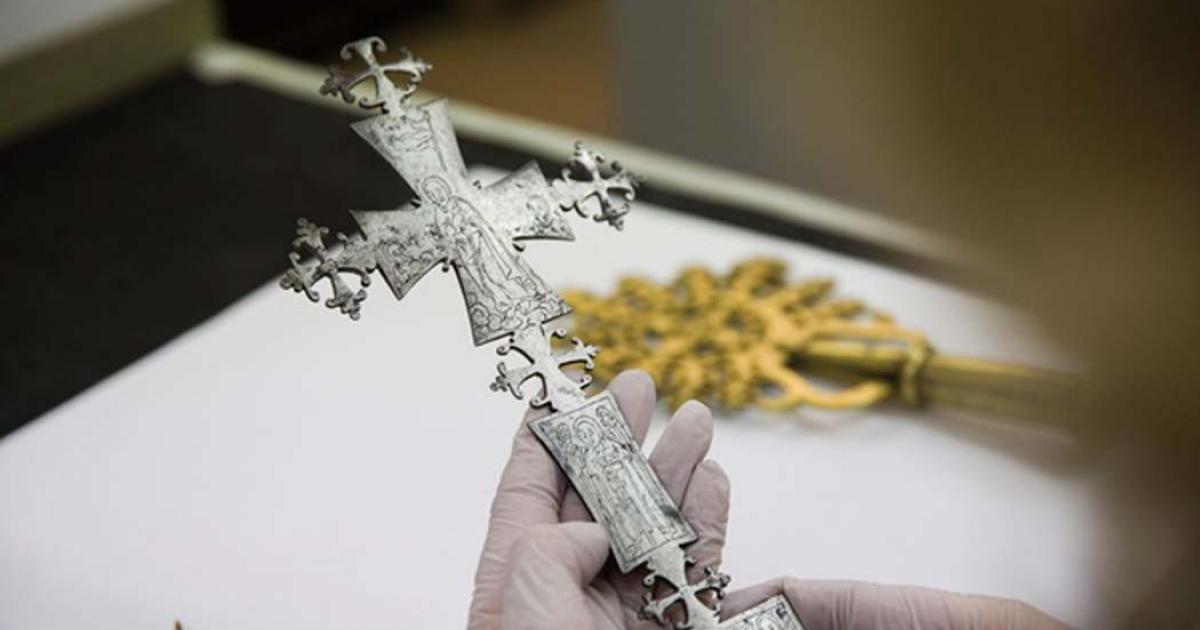
The Victoria and Albert Museum in London, England states the return of looted treasure is not a simple ‘yes’ or ‘no’ choice. The artifacts in question are Ethiopian treasure such as a gold crown, a wedding dress, and religious relics, taken by British troops following a military campaign 150 years ago.
BBC News reports Ethiopia made a formal request at various British institutions for the return of their treasured artifacts looted following the Maqdala battle in 1868. The request has been denied by many, however the Victoria and Albert Museum has offered a compromise. The museum’s director, Tristram Hunt, said: “The speediest way, if Ethiopia wanted to have these items on display, is a long-term loan … that would be the easiest way to manage it.”
Some of the precious Ethiopian artifacts at the Victoria and Albert Museum include a gold chalice and elaborate gold crown from the 1700s, processional crosses, and imperial jewelry. If it goes through, Hunt stressed that the pieces would still be owned by the Victoria and Albert Museum, they would just be lent for display in Ethiopia for an unconfirmed length of time.
- Amazing jewels and artifacts found in 2,000-year-old Ethiopian grave reveal link to Rome
- Ten Stunning Yet Little Known Ancient Treasures Across Africa
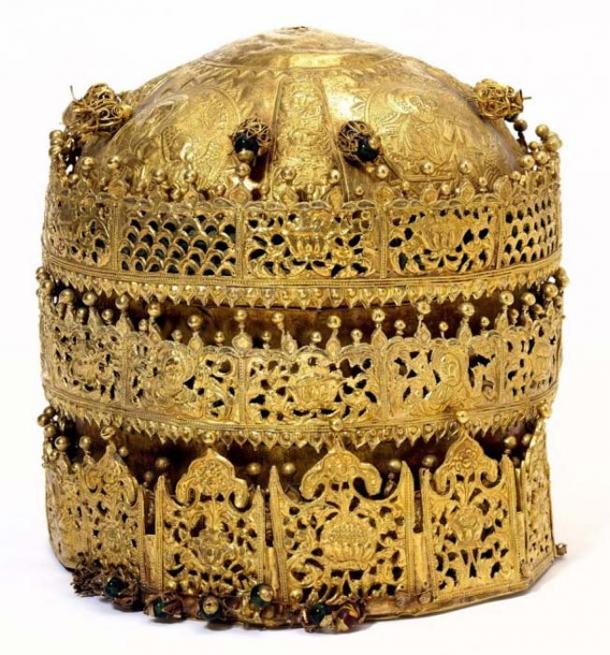
This Ethiopian crown is admired for its filigree designs and religious embossed images. (Victoria and Albert Museum)
Ethiopian Ambassador Hailemichael Aberra Afework told The Guardian, “We are delighted with the new partnership between Ethiopia and the V&A and look forward to working together in the future to our mutual benefit.”
However, the ambassador also expressed interest in the bigger issue to The Art Newspaper in March,
“We were consulted about the V&A exhibition from its inception, and we appreciate that these sacred treasures will now be on display. We hope they will be of great interest to the British public. Ethiopia has been demanding the return of all treasures taken from Maqdala for some years now.”
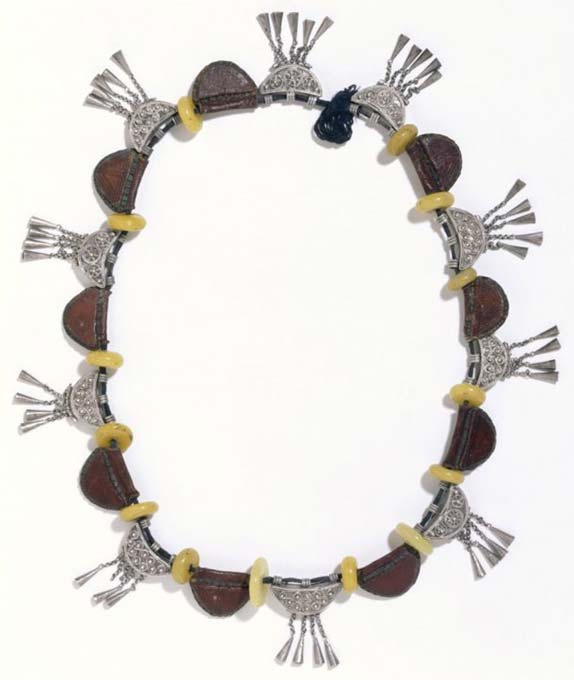
Necklace, before 1868, Ethiopia. Museum no. 408-1869. (Victoria and Albert Museum, London)
Hunt told The Guardian that the choice of what to return in regards to looted goods is not a simple one, “You have to take it item by item and you have to take it history by history. Once you unpick the histories of the collections it becomes a great deal more complicated and challenging.” He said simply returning the artifacts is not so easy because of legal issues and the “philosophical case for cosmopolitanism in museum collections.”
Some of the artifacts, including exceptional textiles and metalwork, will be on display at the Victoria and Albert Museum until June 2019, before their proposed journey back to Ethiopia. The exhibition is set up to mark the 150th anniversary of the Maqdala battle.
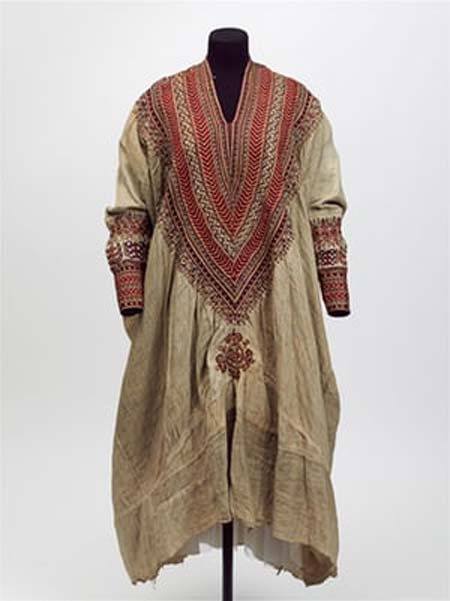
Woman’s dress from the 1860s. (Victoria and Albert Museum, London)
In their explanation of the exhibition, the Victoria and Albert Museum writes the goal of the 1868 Maqdala battle was to free British hostages imprisoned by the Ethiopian Emperor Tewodros II. However, the museum writes that “Even at the time, this episode was regarded as a shameful one.” The British Lieutenant General Sir Robert Napier stormed the emperor’s fortress in Maqdala with 13,000 troops, 26,000 camp followers, and 40,000 animals.
They freed the hostages, recorded the emperor’s suicide in a sketch, and looted millions of dollars worth of treasure. It’s estimated that 15 elephants and 200 mules were needed to carry the Ethiopian treasure.
- 10th Century Forgotten City Unearthed in Ethiopia, Once Thought to be ‘Home of Giants’
- How is the Fallen Kingdom of Aksum Connected to the Queen of Sheba and the Ark of Covenant?
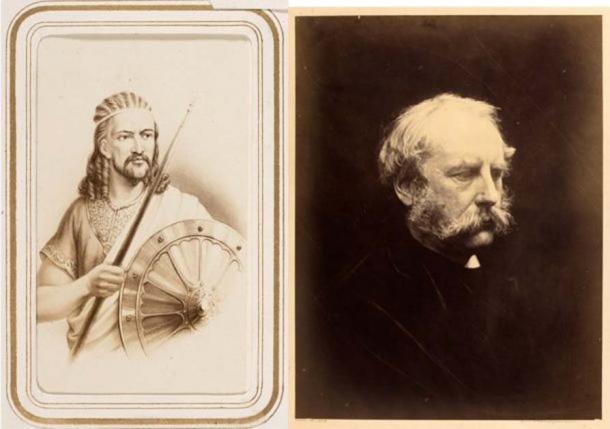
Left to right: Carte de visite depicting Emperor Tewodros II, 19th century. Museum no. 2894-1934. ‘General Robert Cornelis Napier’, photograph by Julia Margaret Cameron, 1868. Museum no. RPS.715-2017. (Victoria and Albert Museum, London)
Just because he is hesitant about sending the looted objects home for good doesn’t mean Hunt wants the past to be covered up and forgotten, instead he told The Art Newspaper, “We should not to be afraid of history, even if it is complicated and challenging. As an institution, we should have the bravery to deal with it.”
This move by the Victoria and Albert Museum may push some of the other institutions in possession of artifacts stolen from Maqdala to consider their position on returning the artifacts. The British Museum, for example, has about 80 objects - which are in their collection, but for religious restrictions are not even on display. According to The Guardian, the religious relics “can only be seen, even by a curator, with the agreement of the Ethiopian Orthodox church.” A spokeswoman for the British Museum told The Guardian that the institution would consider loan requests from Ethiopia as well.
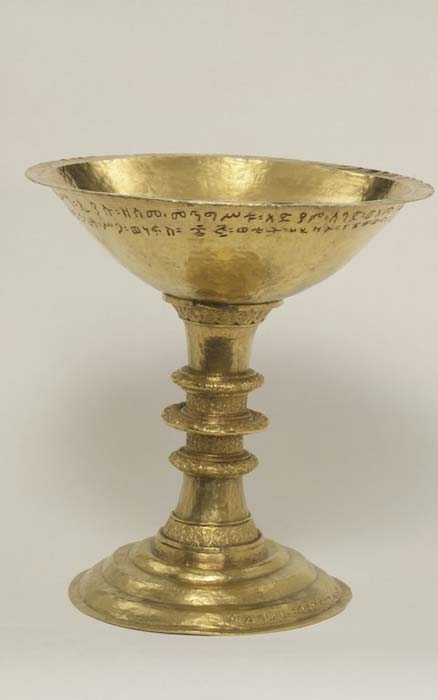
A gold chalice made by Walda Giyorgis in Gondar, Ethiopia, 1735-40. Museum no. M.26-2005. (Victoria and Albert Museum, London)
Top Image: One of several processional crosses that were among the items looted during the British campaign in Ethiopia in 1868. Source: Victoria and Albert Museum



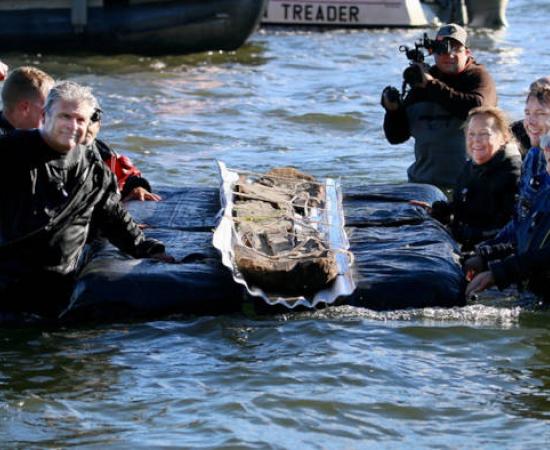
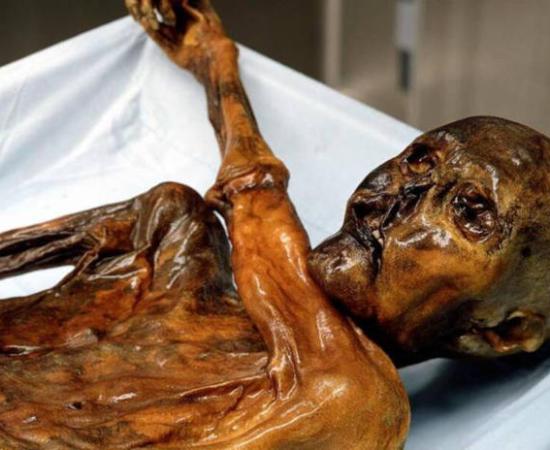
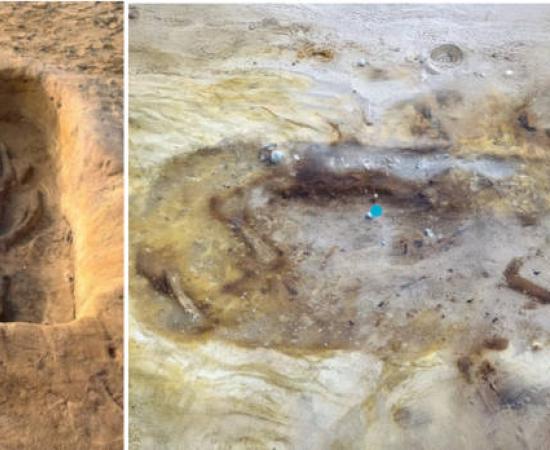
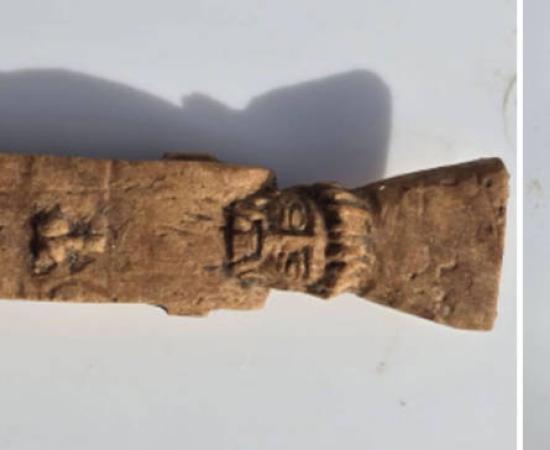
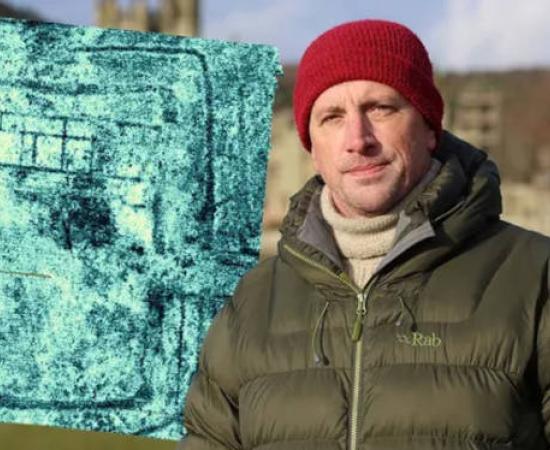
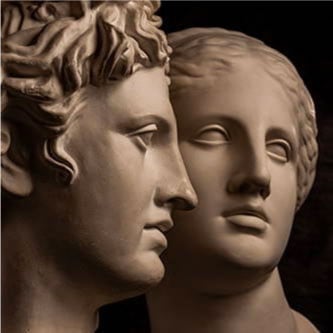
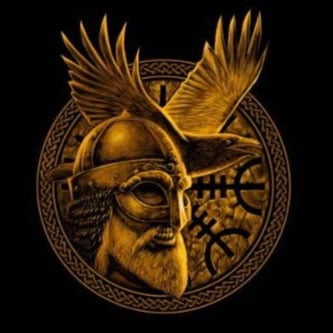
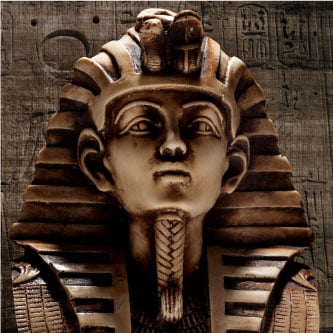






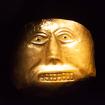

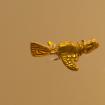


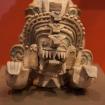
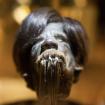

I’m not sure in this case
Permalink
I’m not sure in this case that “posession is 9/ tenths of the law”. Public admission that the artifacts were “looted and stolen” regardless of the reason seems to me justification to return these things to their rightful owners. Why are things like this regarded as ‘spoils of war’ anyhow? I suspect that a lot of them were kept by individuals and can probably never be recovered, OR, maybe sold to the museums, who now have money invested and now consider that they own them. A prickly thicket, eh??